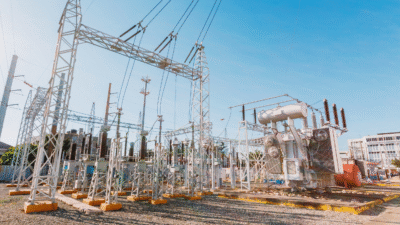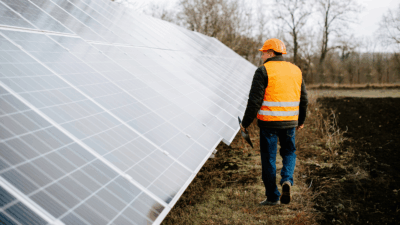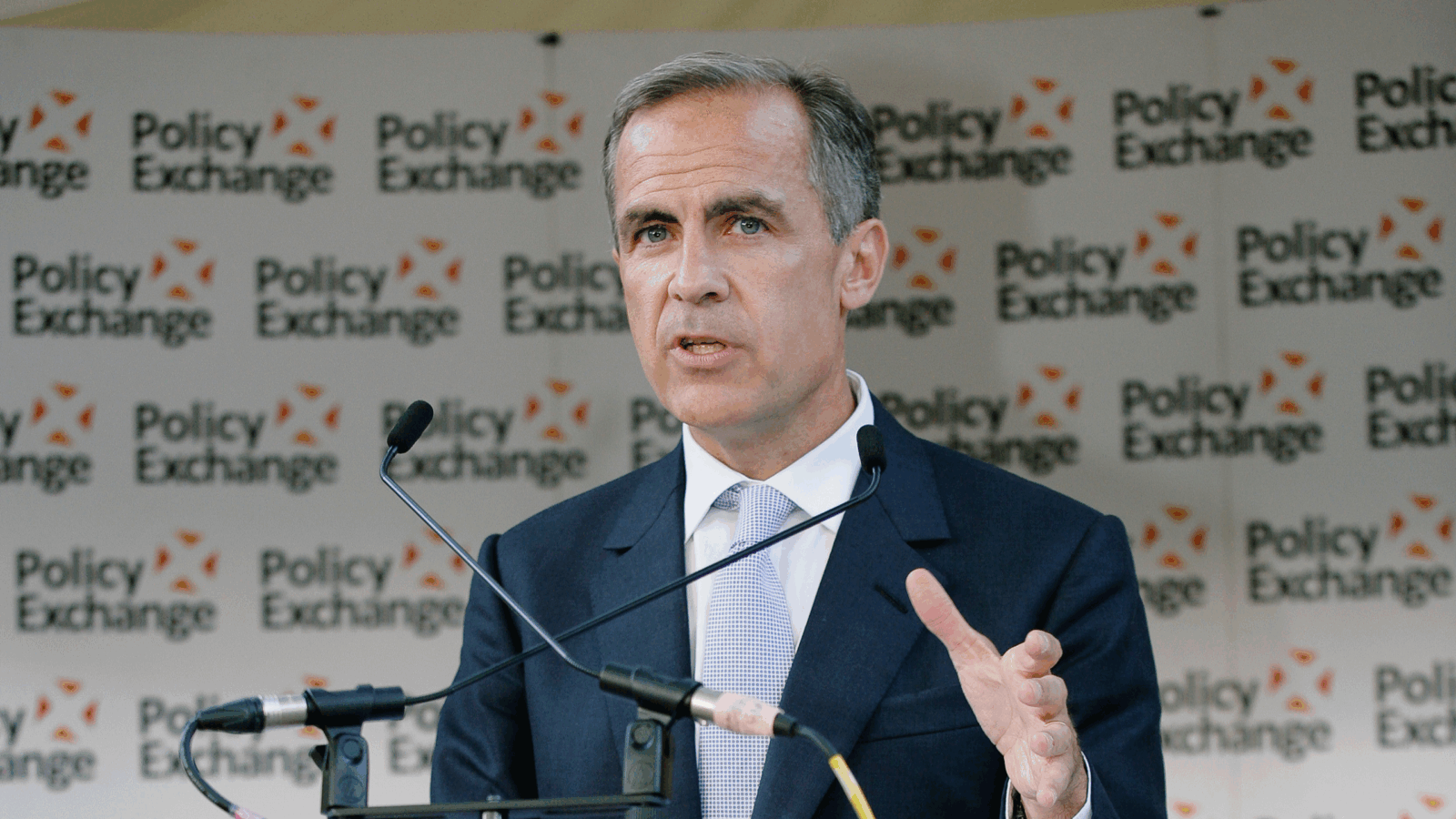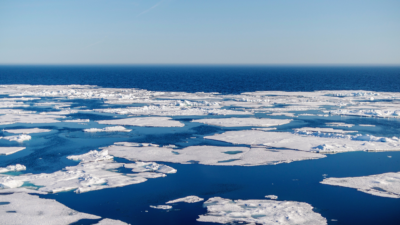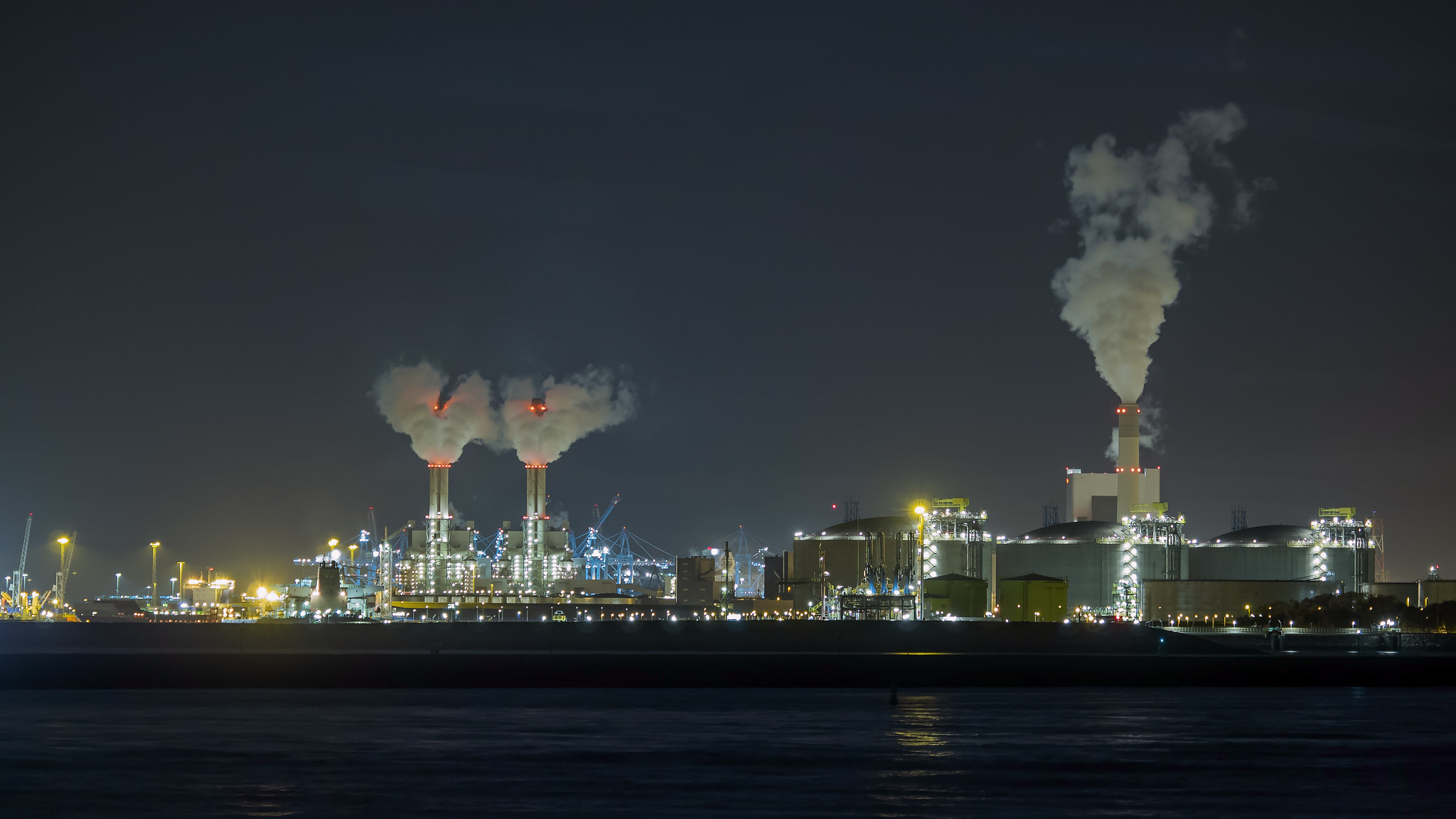
Sign up for smart news, insights, and analysis on the biggest financial stories of the day.
We won’t sugarcoat it: carbon emissions didn’t just increase last year, they hit a record high. That’s bad.
The less-bad news is that emissions didn’t reach the noxious heights many experts had expected, according to the latest report from the International Energy Agency.
It’s Getting Easier Being Green
There was plenty of reason to expect a much higher output of planet-choking emissions last year, given the ripe conditions for not-so-clean energy consumption spurred by Russia’s war in Ukraine and the attendant energy crisis rippling out from Europe. Notably, nations all across the Old World continent were forced to return to the dirtiest, most Dickensian fuel source of them all: coal. That ignited an all-too-literal smoke signal for climate experts that 2022 would mark a significant step in the wrong direction for global efforts to reduce emissions.
And emissions did indeed inch up, to 36.7 billion tons last year, around a 1% increase from 2021. But concurrent with the coal revival was a massive investment in green energy, cushioning the blow of the high carbon output:
- Despite the increased reliance on coal last year in the EU (at one point reaching 22% of all energy use), the region actually saw a 2.5% decrease in emissions thanks to record levels of renewable energy, according to the IEA.
- The 1% growth rate of the bad stuff is far lower than 2021’s 6%, while renewable energy sources were behind 90% of the year’s increase in electricity generation. Solar and wind power also hit record highs, the IEA found.
We’re Number Two: China held its annual top spot as the world’s top polluter, though (likely due to lockdown), emissions decreased slightly last year. Meanwhile, the US, the second-largest emitter, saw emissions rise nearly 1% — likely due to extreme weather conditions driven by climate change. We’re still looking for the silver lining in those frighteningly frequent hundred-year storm clouds.

